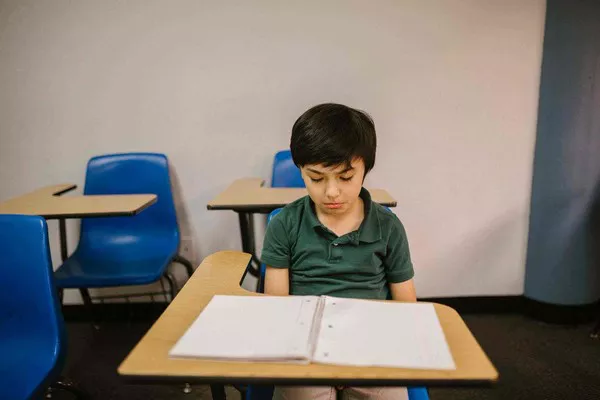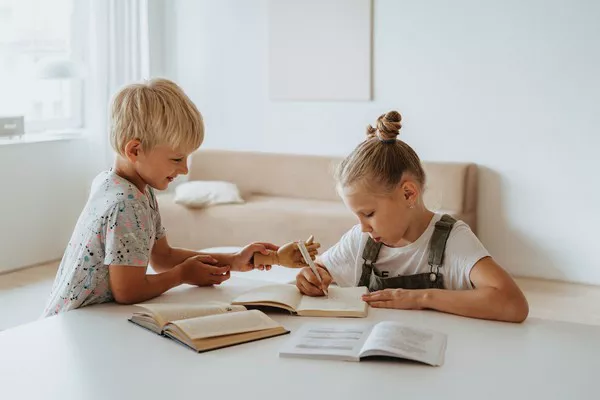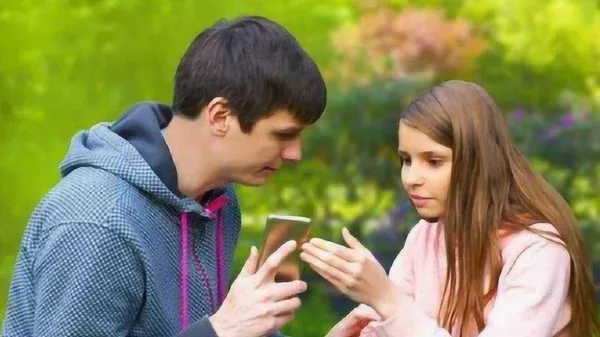Friendships, those meaningful and cherished connections that enrich our lives, can sometimes experience the natural phenomenon of drifting apart. While friendships are often celebrated for their enduring nature, various factors and circumstances can contribute to the gradual unraveling of these bonds. In this article, we explore the complexities and dynamics that lead to friendships drifting apart, shedding light on the intricacies of human relationships.
The Fluid Nature of Friendships
Friendships, like any dynamic relationships, are inherently fluid. They evolve over time, responding to the changing circumstances and individual growth of those involved. The fluidity of friendships means that they are subject to shifts in priorities, interests, and life stages. While some friendships withstand the tests of time and circumstances, others may experience a gradual drifting apart as individuals navigate the ebb and flow of their lives.
Changing Priorities: Shifting Focus in Life
One significant factor that contributes to friendships drifting apart is the natural evolution of individual priorities. As people move through different life stages, their focus and commitments often shift. Career aspirations, family responsibilities, or personal pursuits can alter the priorities of individuals, influencing how much time and energy they can invest in their friendships. This shifting focus can lead to a gradual distancing as the demands of life pull individuals in different directions.
Geographical Challenges: Physical Distance and Its Impact on Friendships
Geographical separation is a common challenge that can contribute to friendships drifting apart. Relocations for career opportunities, family reasons, or personal growth can result in physical distance between friends. While technological advancements have made it easier to stay connected across distances, the absence of face-to-face interaction can create a sense of emotional distance over time. The challenges of maintaining a close connection when separated by miles can contribute to the drifting apart of friendships.
See Also: What is unreciprocated friendship?
Life Changes and Transitions: Impact on Interpersonal Dynamics
Life is marked by various changes and transitions, and these shifts can significantly impact interpersonal dynamics within friendships. Major life events such as marriages, parenthood, career changes, or personal crises can alter the landscape of a person’s life. The adjustments required to navigate these transitions may lead individuals to reevaluate their relationships and, in some cases, prioritize connections that align more closely with their current circumstances. The impact of life changes on interpersonal dynamics can be a contributing factor to friendships drifting apart.
Diverging Interests: Evolving Tastes and Hobbies
Friendships often form around shared interests, hobbies, or activities. However, as individuals evolve, their tastes and preferences may undergo changes. Diverging interests can lead to a natural drift as friends find themselves engaged in pursuits that no longer align. While some friendships have the flexibility to adapt to these shifts, others may gradually fade as the shared common ground diminishes. The evolution of interests and hobbies is a dynamic aspect that influences the trajectory of friendships over time.
Communication Breakdown: The Role of Miscommunication
Effective communication is a cornerstone of healthy relationships, including friendships. When communication breaks down, misunderstandings can arise, leading to a gradual drift between friends. Unresolved conflicts, unexpressed feelings, or a lack of open dialogue can create emotional distance and contribute to the sense of drifting apart. Addressing communication breakdowns is crucial in preserving the integrity of friendships and preventing the erosion of connection over time.
Unmet Expectations: The Impact on Relationship Dynamics
Friendships, like any relationships, come with expectations. When these expectations are unmet, it can create strain and contribute to a sense of dissatisfaction within the friendship. Whether it’s expectations related to time, support, or shared activities, unmet expectations can lead to disappointment and a gradual drift as individuals seek fulfillment in connections that better align with their needs. Managing expectations and fostering open communication are essential elements in addressing this aspect of friendships.
Personal Growth: Individual Transformation and Its Effects
Personal growth is a continuous and transformative journey that individuals embark on throughout their lives. While personal development is a positive aspect, it can also impact friendships. As individuals grow and evolve, their values, beliefs, and perspectives may undergo significant shifts. In some cases, these transformations can lead to a misalignment with the values or priorities of friends, contributing to a gradual drift as the individuals become different versions of themselves.
Time Constraints: Balancing Busy Lives
Modern lifestyles often come with busy schedules and time constraints. Juggling career responsibilities, family obligations, and personal pursuits can leave individuals with limited time and energy for social connections. In such scenarios, friendships may take a backseat as individuals prioritize immediate demands. The perpetual challenge of balancing busy lives can result in the unintentional drifting apart of friendships, especially when sustained effort is required to maintain the connection.
Unresolved Issues: Lingering Tensions Impacting Friendships
Unresolved issues or lingering tensions within friendships can create a lingering sense of discomfort. Whether stemming from past conflicts, unspoken grievances, or differing values, unresolved issues can cast a shadow on the connection between friends. The avoidance of addressing these underlying tensions may lead to a gradual drift as the discomfort associated with the unresolved issues erodes the foundation of trust and mutual understanding within the friendship.
Social Circles and New Connections: Expanding Networks
Friendships exist within the context of broader social circles, and the expansion of social networks can impact the dynamics of individual connections. The introduction of new friends or the deepening of connections within existing social circles can shift the balance of priorities for individuals. While it is natural for people to form new connections, the influx of new relationships can contribute to a reevaluation of existing friendships, potentially leading to a gradual drifting apart.
Life’s Complexities: A Tapestry of Factors
The drifting apart of friendships is often a complex interplay of various factors. Life’s intricacies, marked by a combination of changing priorities, geographical challenges, evolving interests, communication breakdowns, and personal growth, contribute to the shifting dynamics within friendships. Recognizing the multifaceted nature of these influences is essential in understanding why friendships may drift apart and in navigating the complexities of human connections.
Navigating the Drift: Strategies for Preserving Friendships
While friendships may experience drifting, proactive efforts can be undertaken to preserve and strengthen these connections. Open communication, regular check-ins, and a willingness to adapt to changing circumstances are crucial elements in navigating the drift. Additionally, setting realistic expectations, addressing conflicts promptly, and expressing genuine care and understanding contribute to the resilience of friendships. Recognizing the value of these connections and making intentional efforts to stay connected can play a pivotal role in mitigating the effects of drifting apart.
Conclusion
In conclusion, the drifting apart of friendships is a nuanced and multifaceted phenomenon influenced by various factors. The fluid nature of friendships, coupled with life’s complexities, creates an ever-changing landscape for these connections. While drifting apart is a natural part of the ebb and flow of relationships, understanding the contributing factors and adopting proactive strategies can help mitigate the effects and, in some cases, even strengthen the bonds between friends. Ultimately, the beauty of friendships lies in the shared experiences, mutual understanding, and the resilience to navigate the complexities that may arise over time.
Related topics:























